
CNC: Flattening Cookies
George VondriskaIf you’re like me, you look at a log as a cylinder full of possibilities. It’s full of planks, bowl blanks, and cookies. Yep, cookies. This is a term commonly used for the pieces you get when you crosscut a log into slabs you can use as table tops, or for a variety of other woodworking projects.
The Problem
Chainsaw cuts made to create the cookie probably won’t be perfectly parallel to each other. Even if they are, chainsaw chains don’t provide the kind of surface you’ll want to incorporate into your projects. If you own a CNC router, you can use it as a CNC cookie cutter. This is a great way to get two surfaces parallel and smooth enough for sanding.
The Bit
You can use nearly any flat bottomed router bit to do the work, but a spoilboard router bit is definitely the best way to go. They typically have a large diameter so can remove a lot of material quickly, and are specifically designed to leave behind a good surface.
Freehand CNC Cutting
Did you know you can use many CNC routers “freehand.” Instead of creating a toolpath you can use the fob to control the spindle or router position, guiding it across the surface. This is how we’ll get started, and it provides a great way to eliminate high spots on your cookie.
More About Cookies
If you don’t own a chainsaw, but want to make log cookies, check out how to do this on a bandsaw. One problem with log cookies is getting them to dry without cracking. There is a chemical treatment you can do to stabilize them. No CNC in your shop (yet)? You can also flatten cookies with a hand-held router and shop-made jig.
Explore videos by George Vondriska
You may be interested in
Premium Membership
Unlock exclusive member content from our industry experts.
- 24/7 Access to Premium Woodworking Videos, Projects, and Tips
- Step-by-Step Instructional Demos, Plans, and Tutorials
- 50% Off Video Downloads Purchased in the Woodworkers Guild of America Shop
- 2 Printable Woodworking Plans
Unlock exclusive member content from our industry experts.
- 24/7 Access to Premium Woodworking Videos, Projects, and Tips
- Step-by-Step Instructional Demos, Plans, and Tutorials
- 50% Off Video Downloads Purchased in the Woodworkers Guild of America Shop
- 2 Full-Length Video Downloads to Watch Offline
- 2 Printable Woodworking Plans
Gold Membership
$370 Value
Get everything included in Premium plus exclusive Gold Membership benefits.
- 24/7 Access to Premium Woodworking Videos, Projects, and Tips
- Step-by-Step Instructional Demos, Plans, and Tutorials
- 8 Full-Length Video Downloads to Watch Offline
- 3 Full-Length Woodworking Classes to Keep for Life
- 7 Printable Woodworking Plans
- Discounts on Purchase-to-Own Content in the Woodworkers Guild of America Shop
- Access to Ask the Expert Program
- Exclusive GOLD LIVE Streaming Events
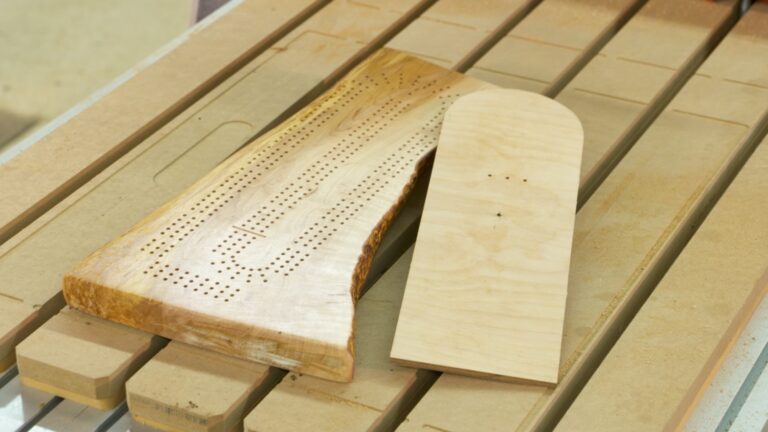


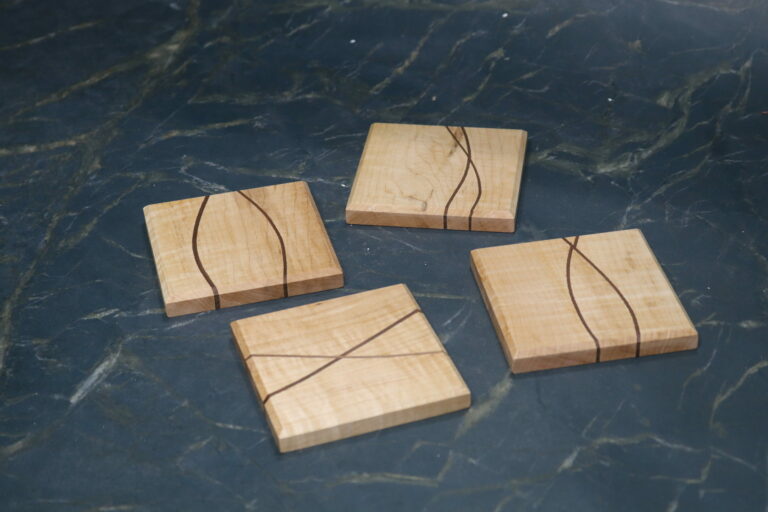
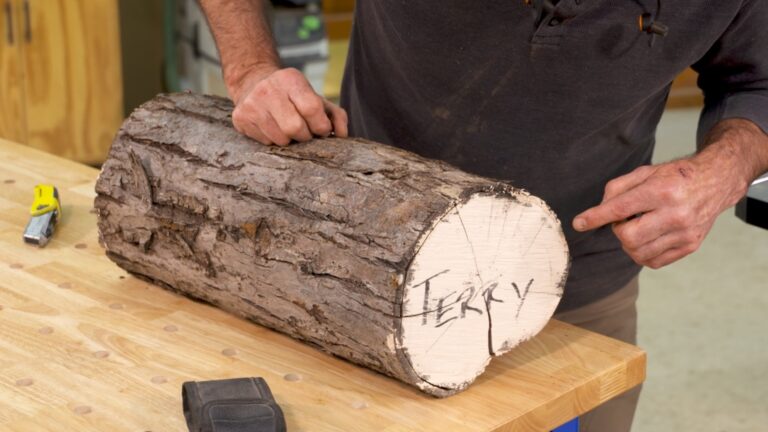
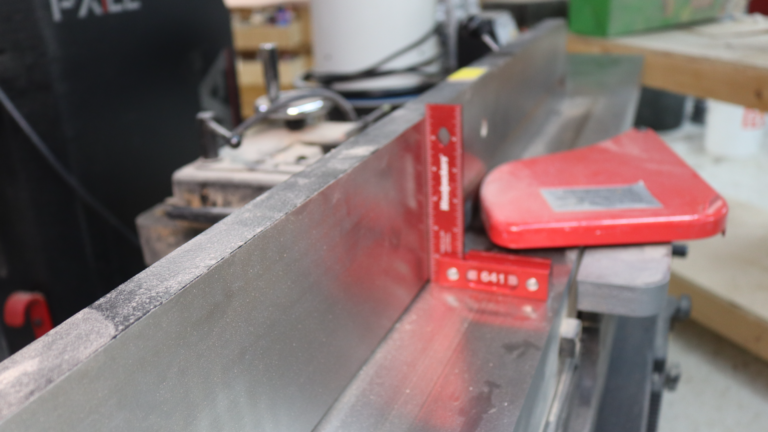
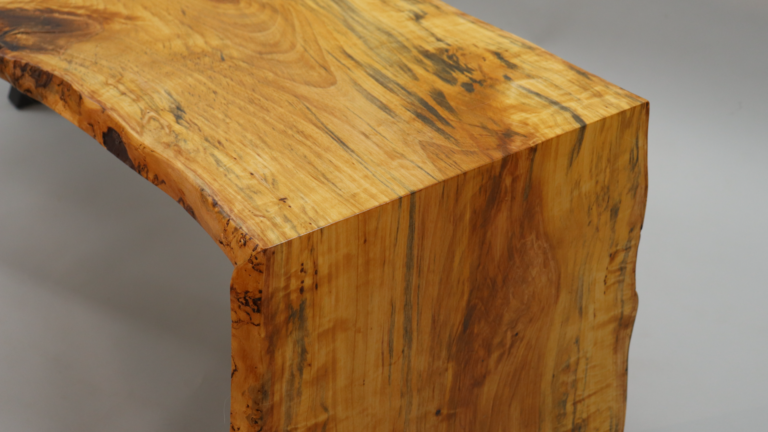


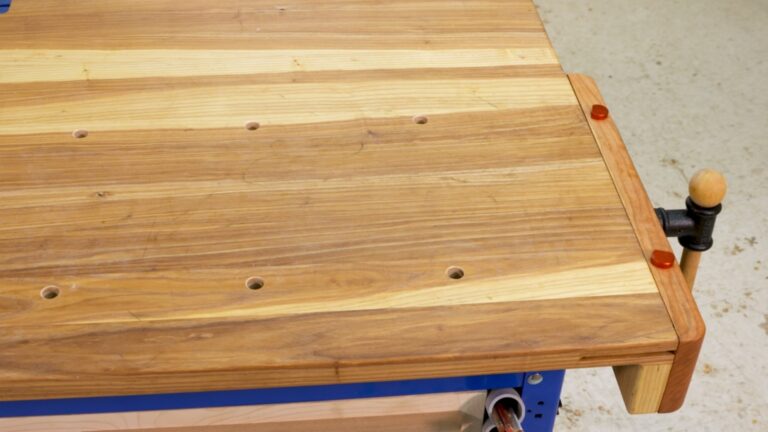

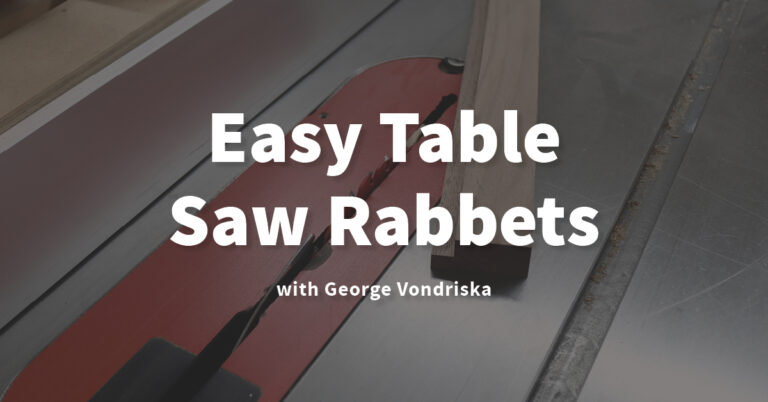
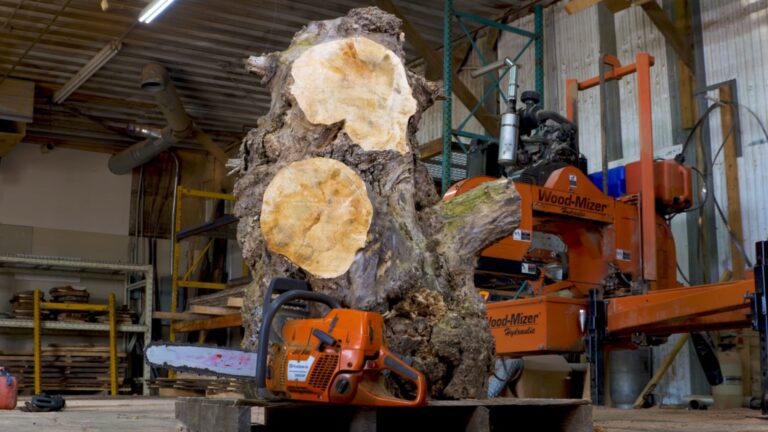


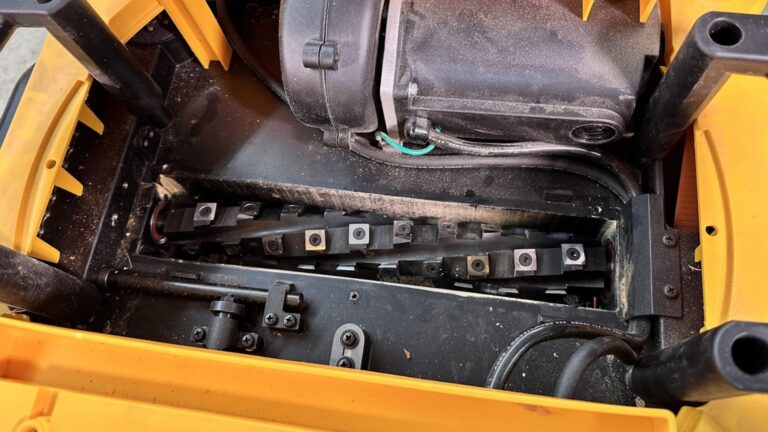
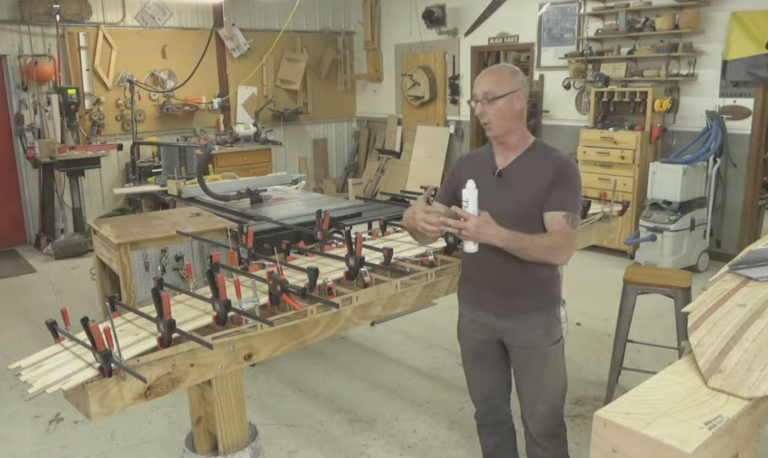



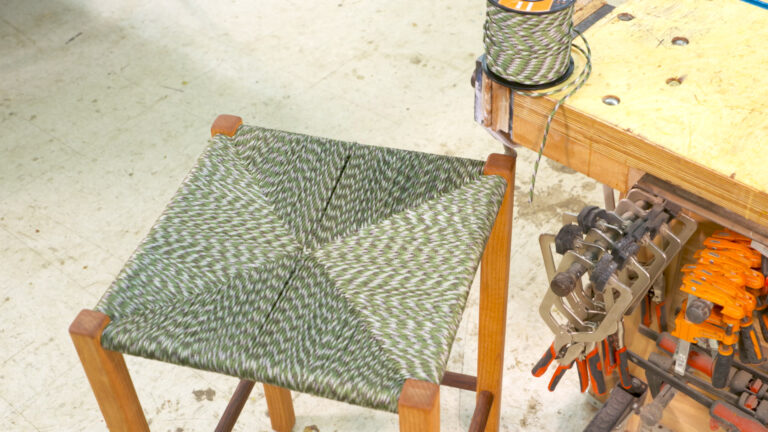
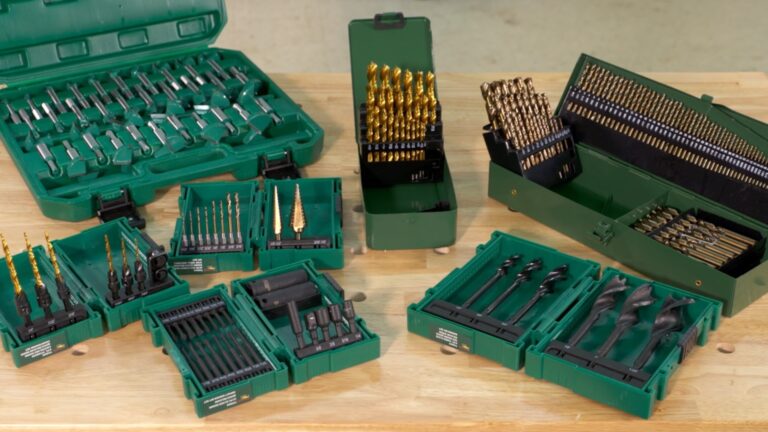




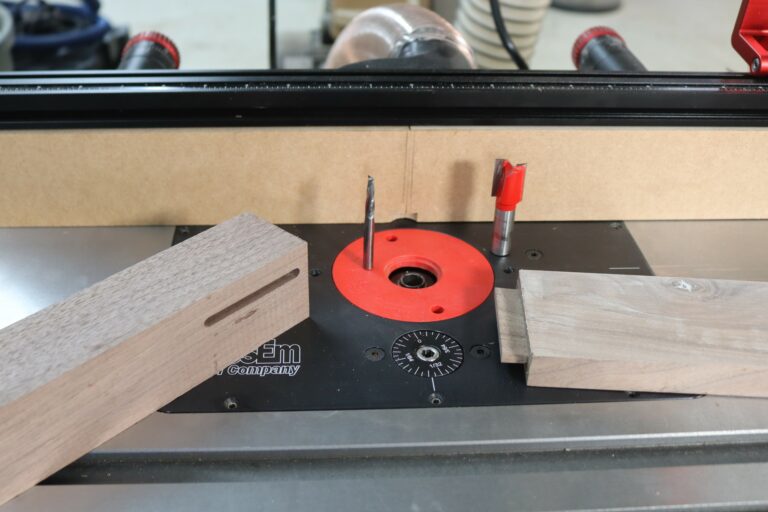
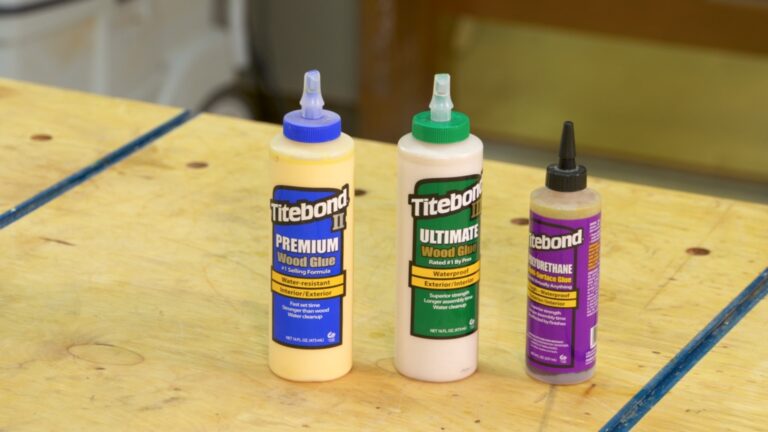
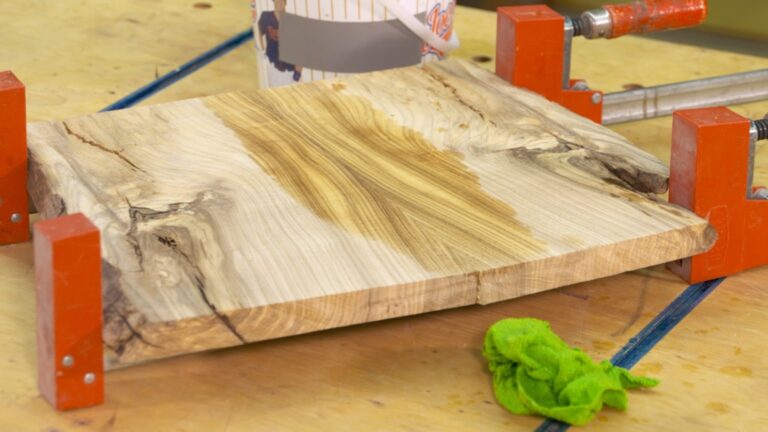
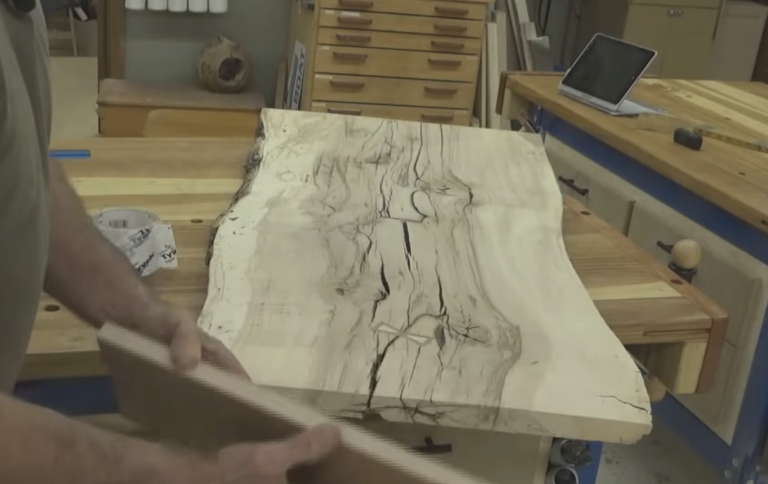

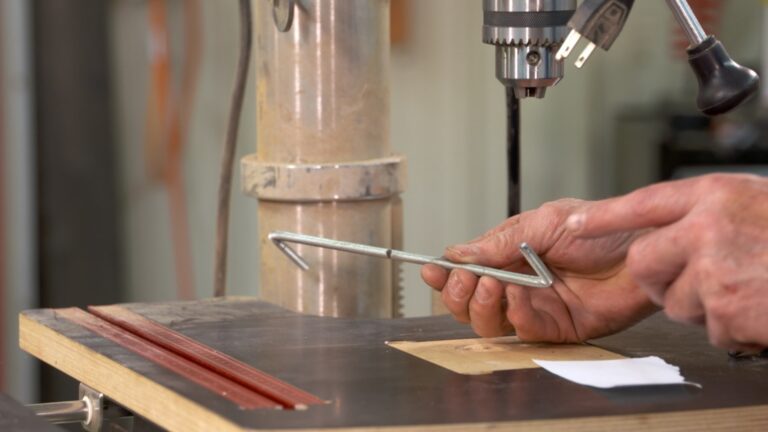

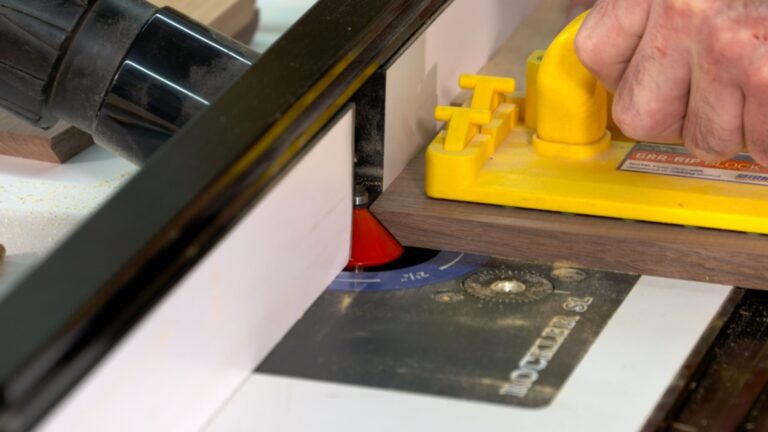

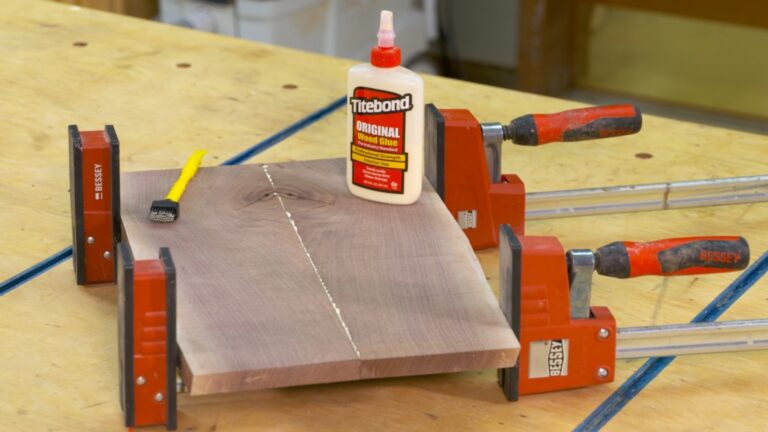
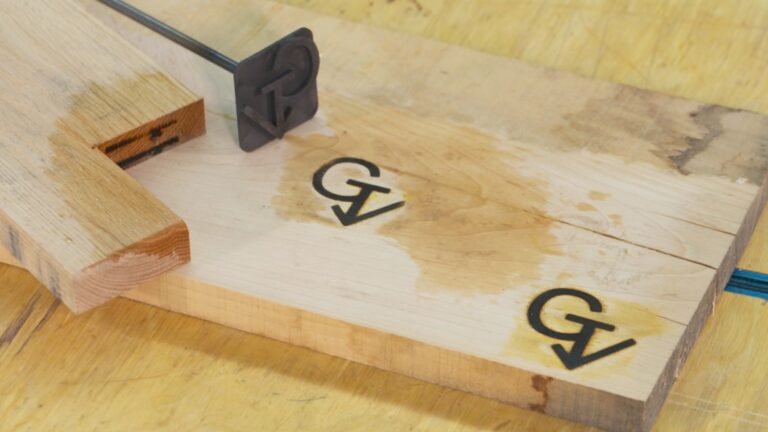
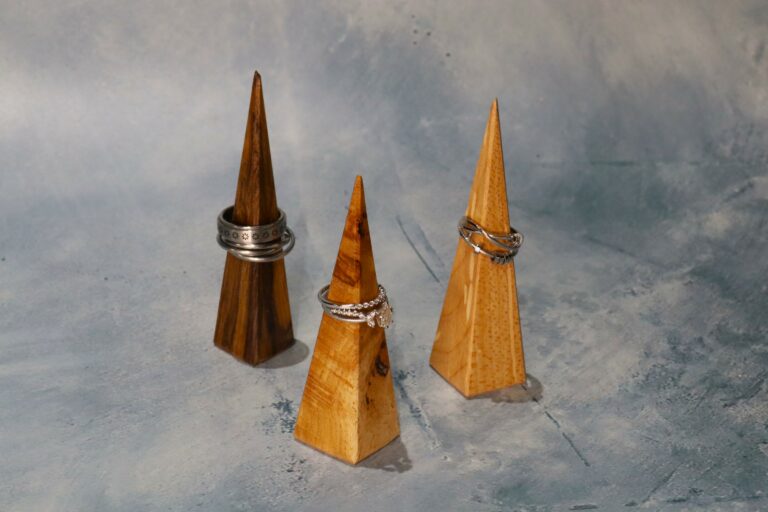
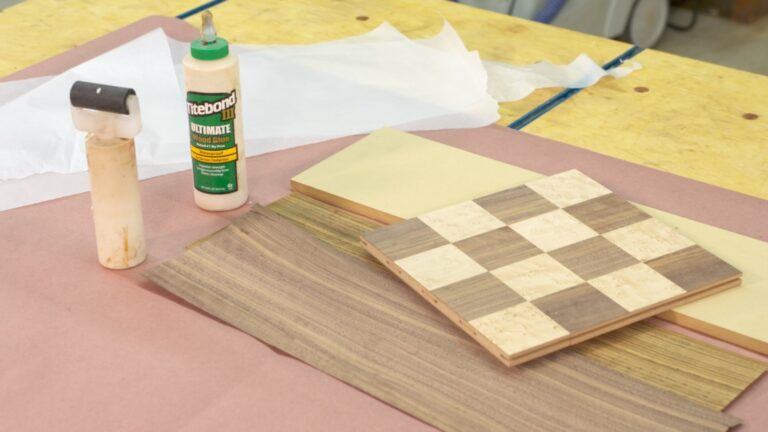
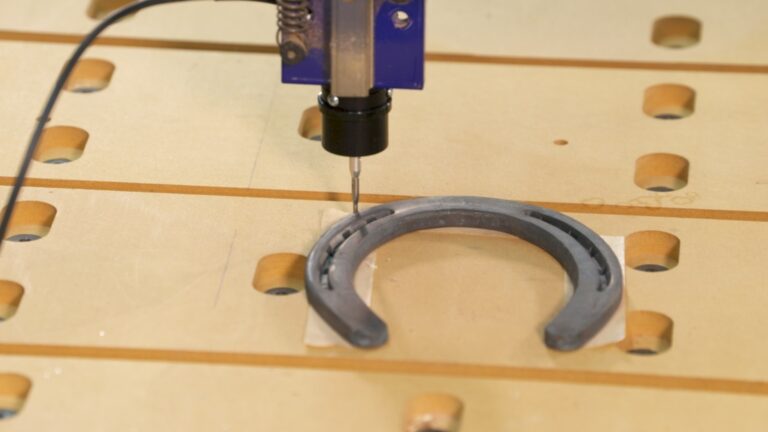
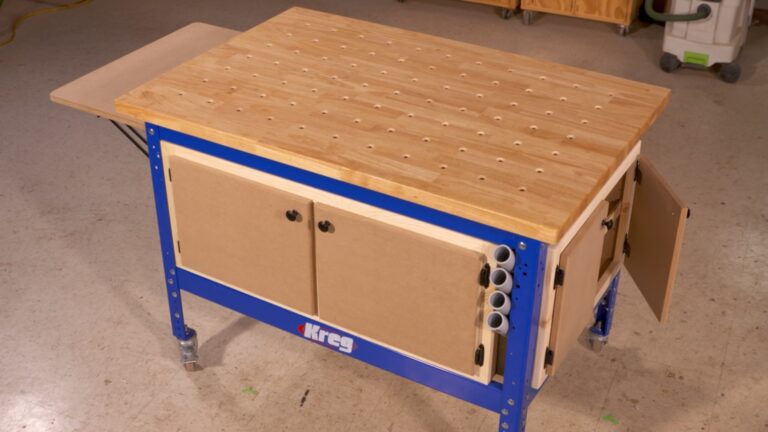


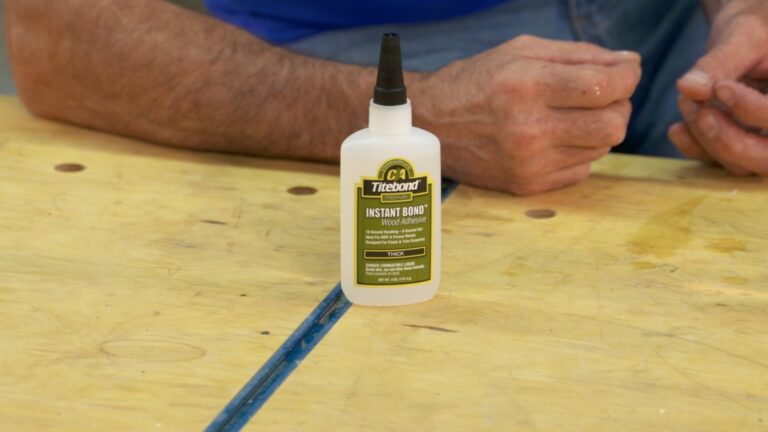
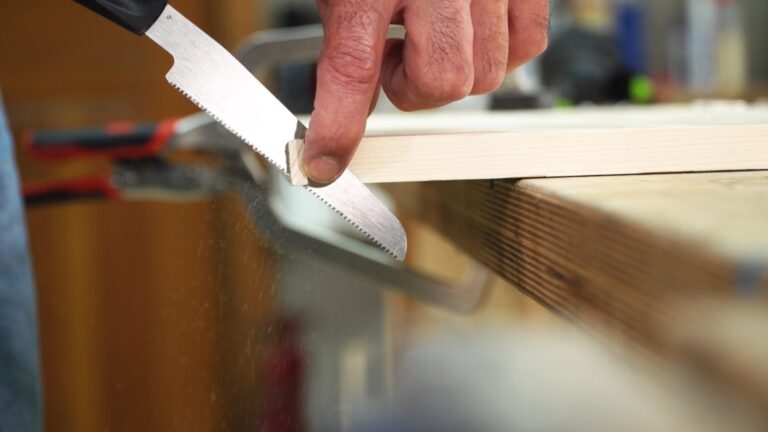
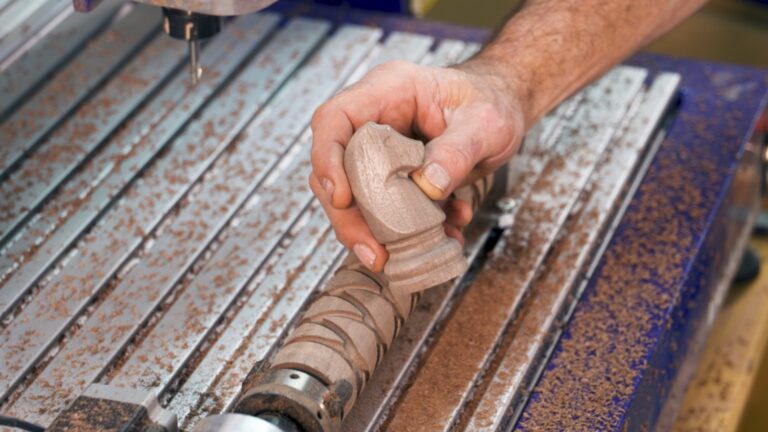
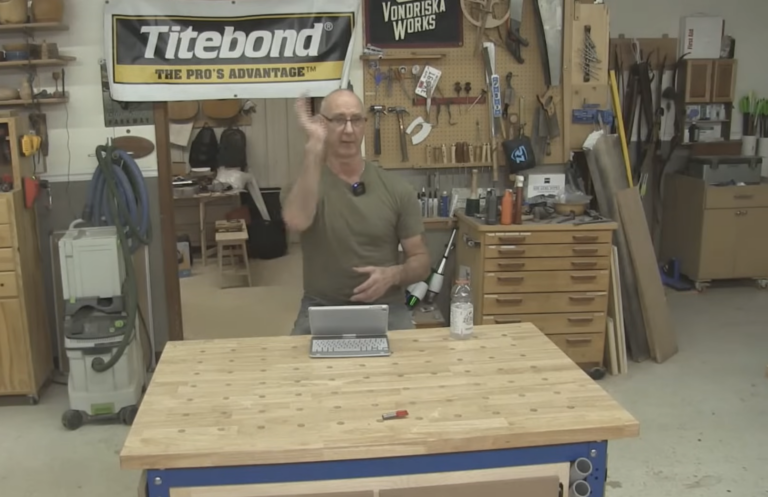
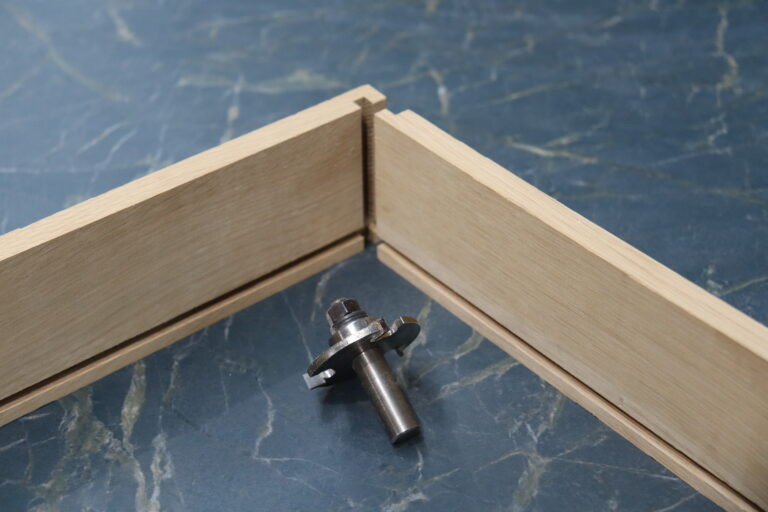
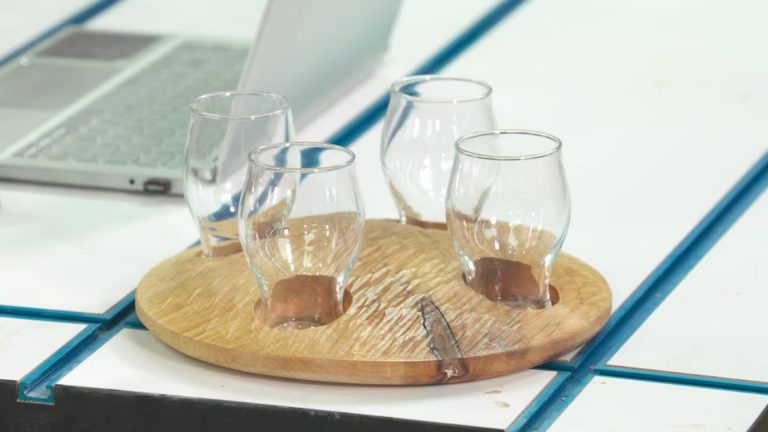
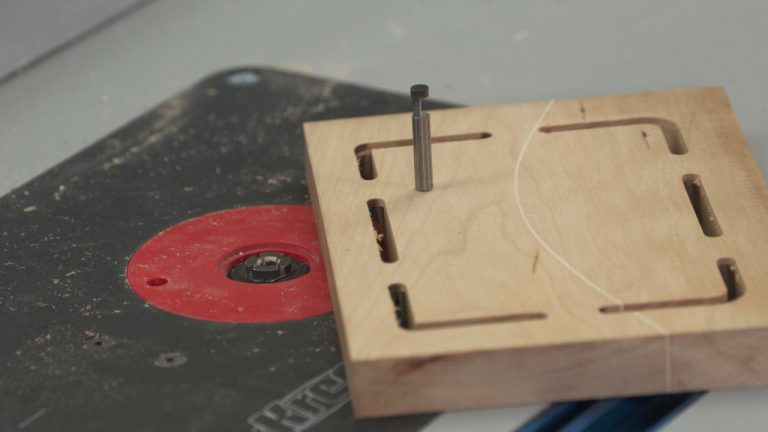


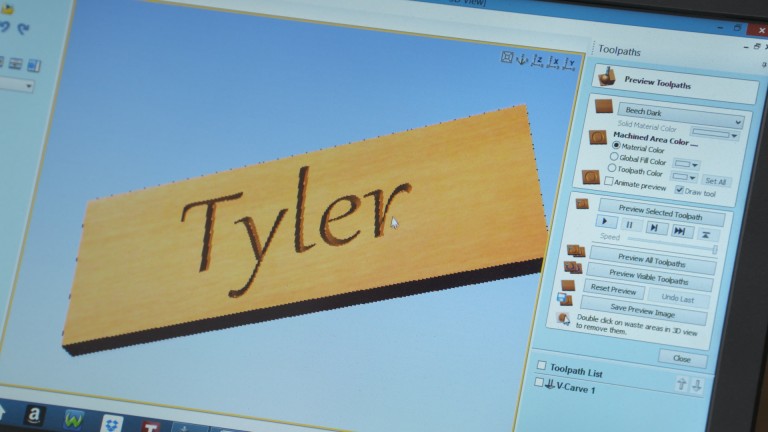
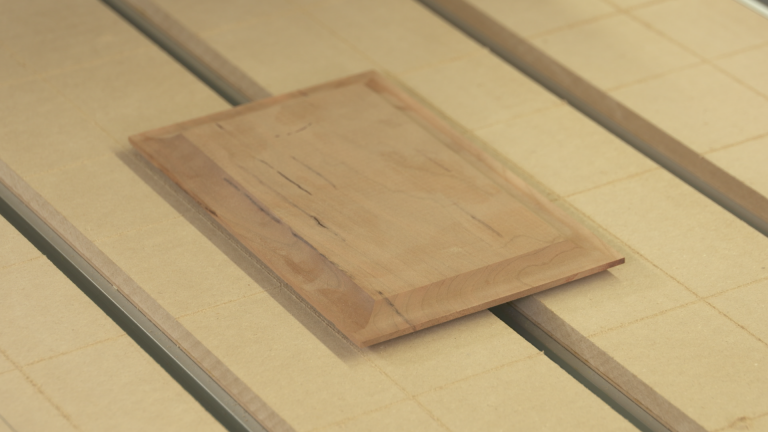
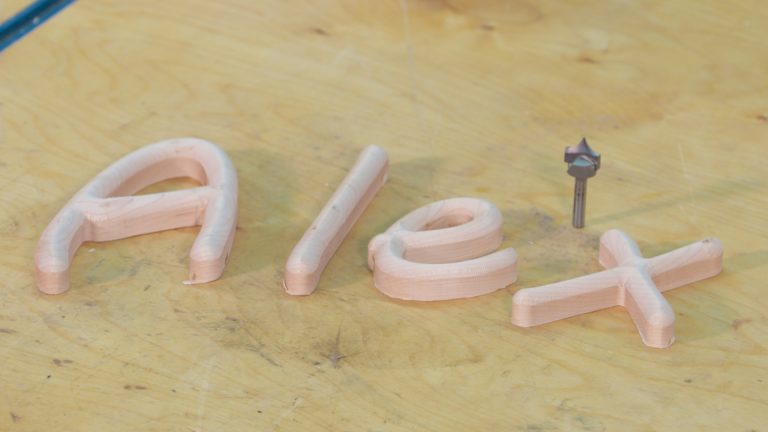
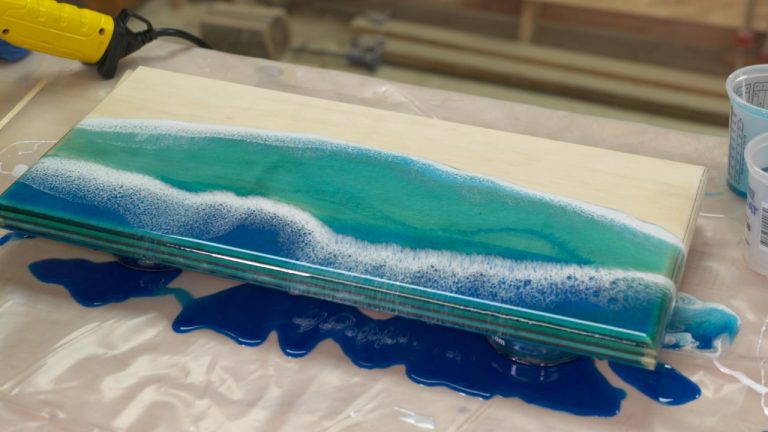

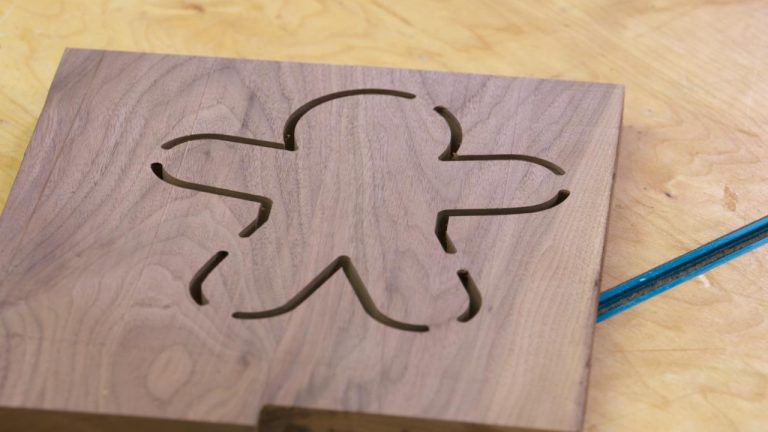


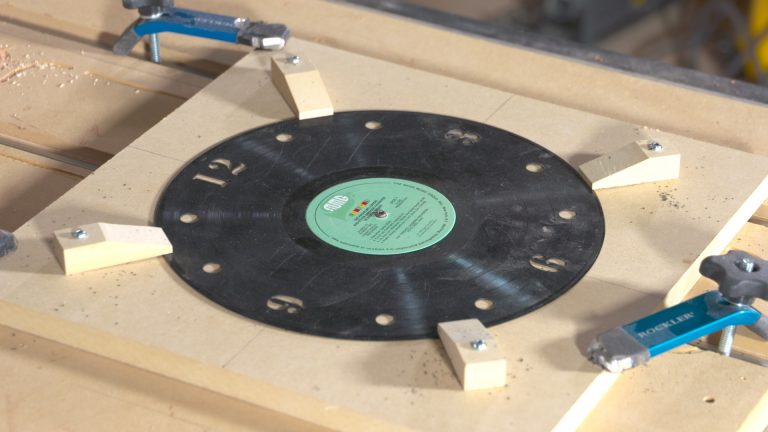

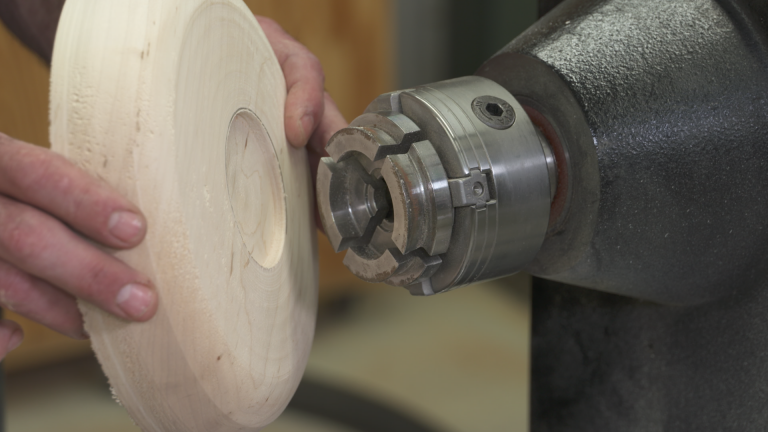


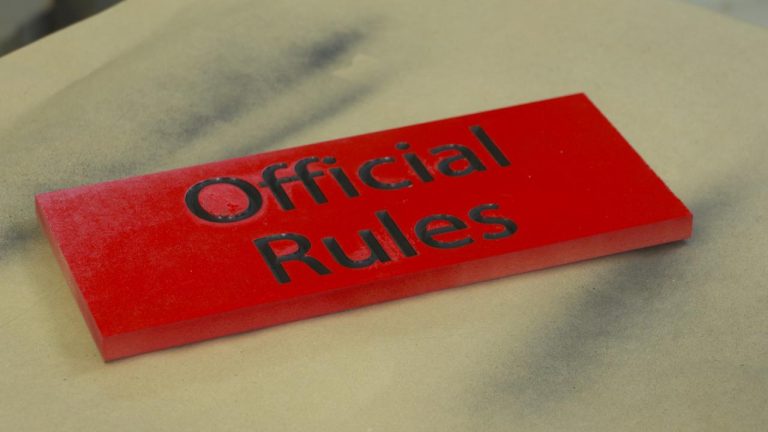
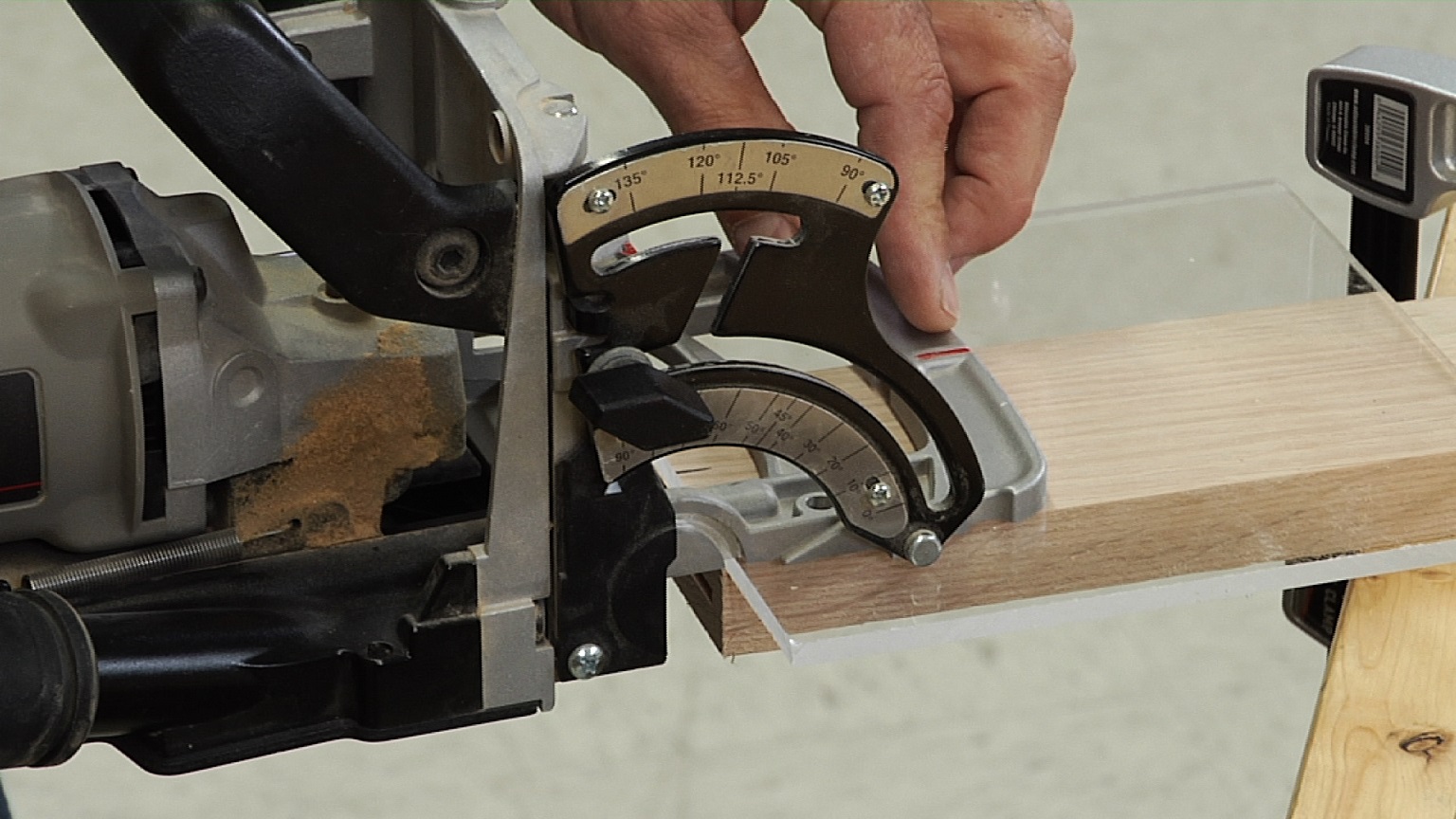

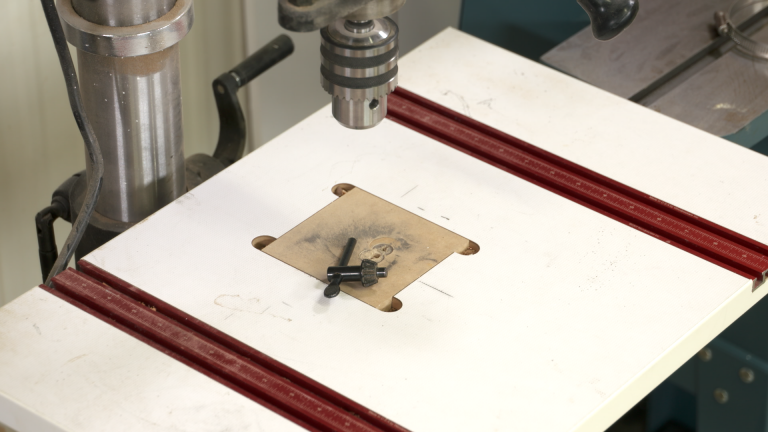
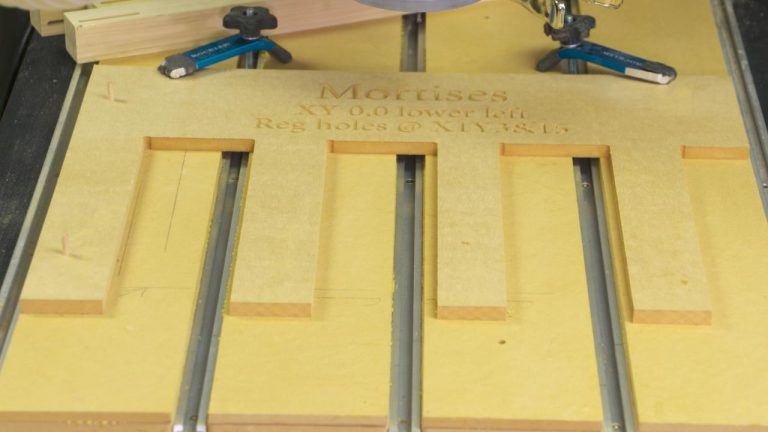

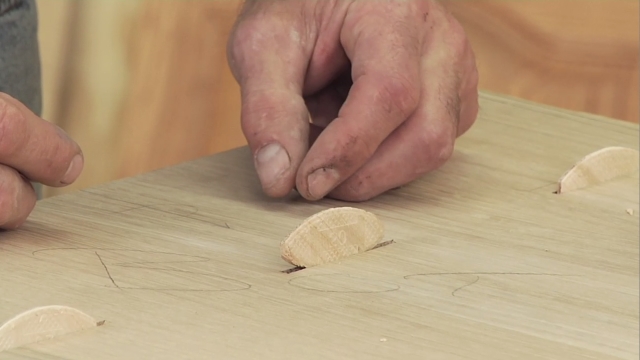
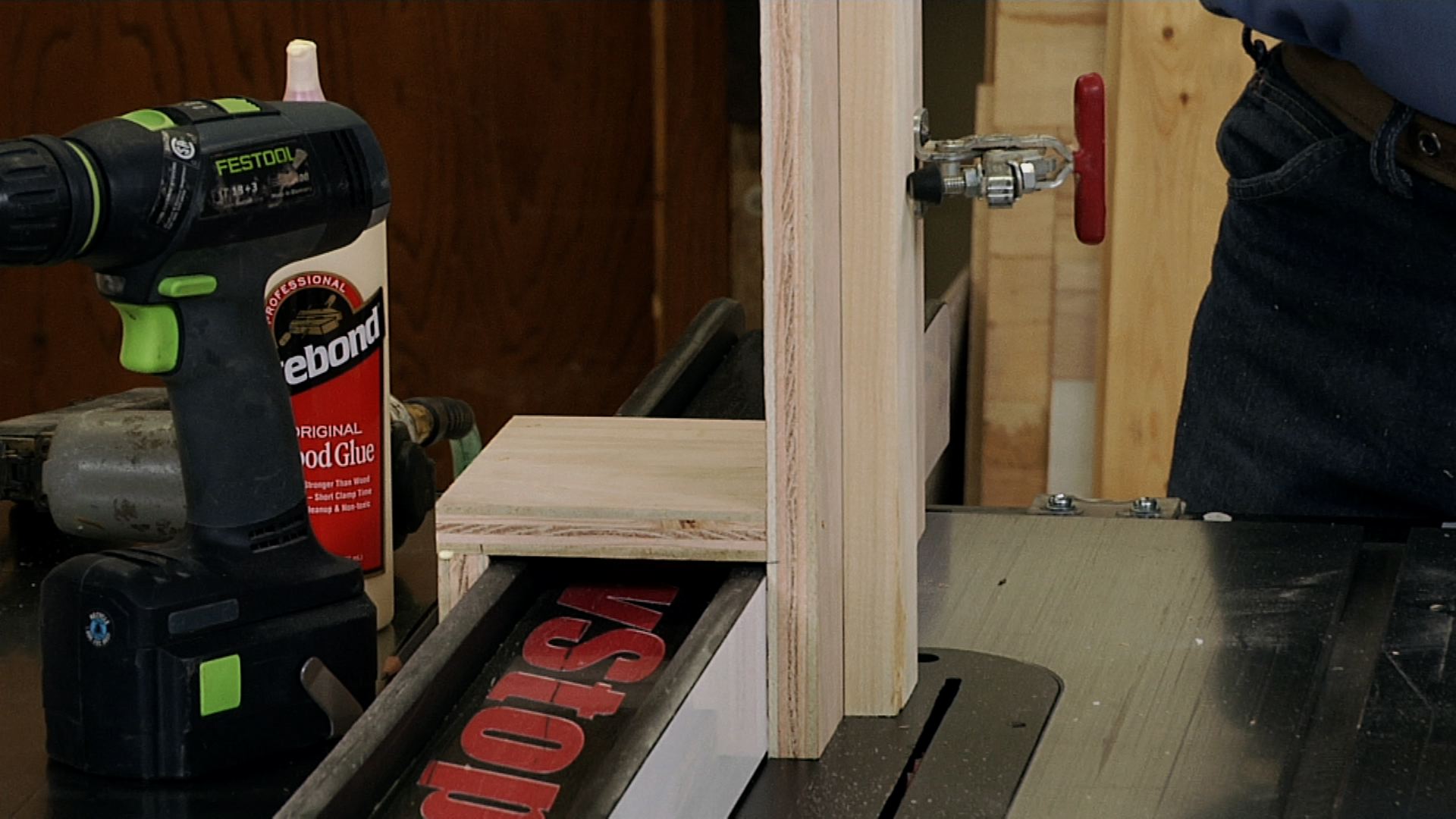
Share tips, start a discussion or ask one of our experts or other students a question.
Already a member? Sign in
No Responses to “CNC: Flattening Cookies”